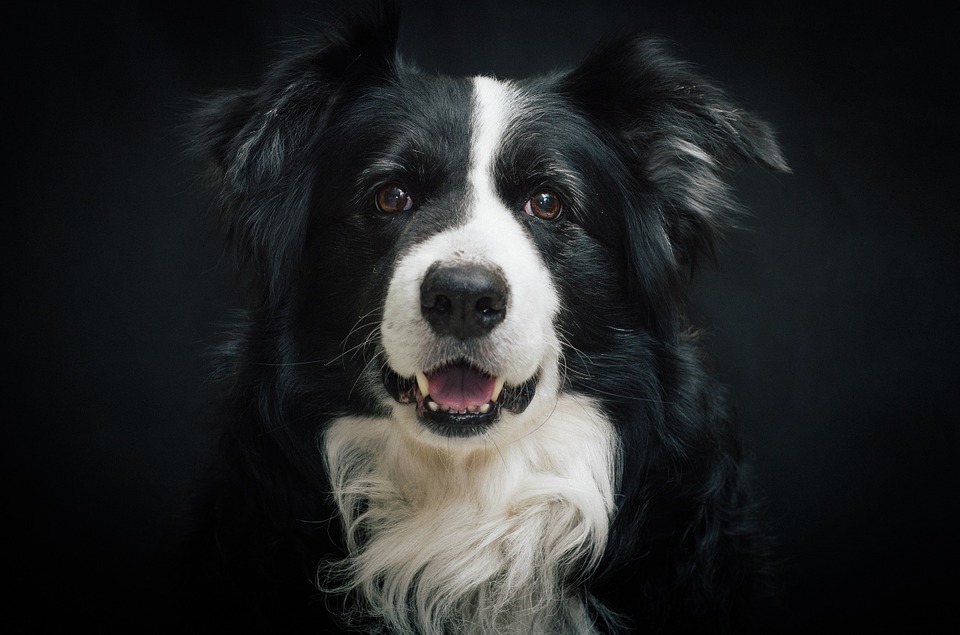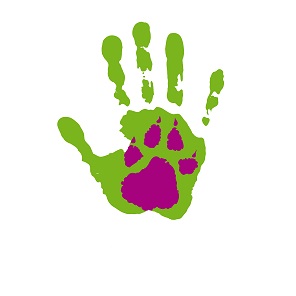Canine Stress in Today’s Urban Environment

One of the most overlooked canine care issues in today’s lifestyle is kennel stress. We think because our dogs have free run of the house they do not suffer. With the introduction of home viewing cams, people are learning that their dog is not relaxing quietly while they are away. The dog is pacing, barking, panting, and exhibiting other signs of stress. This is not what we want for our dogs.
When we think of kennel stress we think of a dog being confined to a small cage. If we understand the impact of kennel stress on our dogs we can act quicker and prevent future behavior problems.
Unfortunately, people do not have the patience to deal with behavior problems. These dogs end up in a rescue or shelter. This increases the dog’s problems. When the dog is adopted the new owners are faced with a host of behavior problems. They also have their own emotional disappointments. They gave the dog a second chance and it ‘appears’ that the dog is ungrateful, or spiteful.
Dogs are emotional but they are not being spiteful. They are just trying to have their needs met. These needs may be:
- Making space
- Feeling safe
- Not wanting to be touched (touch sensitivity)
- Feeling vulnerable to a fear or phobia
- Burning off cortisol/over aroused/overwhelmed
- Trying to cope with frustration
- Trying to cope with anxiety
Most of these new pet owners end up searching the internet for quick fixes, and they find lots of good advice. Most of it doesn’t work. The reason isn’t because they are not good pet owners, but because they are trying to fix the symptom and not the problem.
Symptoms can be whining, scratching, tearing up cushions, pooping in the house/kennel, barking, pacing, racing around the house, barking at doorbells and out the window, hiding(might indicate pain), sweating from paws, panting, foraging/garbage hunting/counter surfing, barking, etc.
Fear of Owners
The first step is to realize that a dog may love their owner and fear them at the same time. This is usually due to inconsistent training and house rules. Even if you raised your own dog do not be hurt if the dog is afraid of you. It just means that the dog doesn’t know how you are going to act. Set up some family guidelines for how everyone will treat the dog and you will see a difference.
Also, make sure you spend as much time playing with the dog and petting the dog as you spend enforcing the rules. Many people tend to ignore the dog if it is good. The only interaction many dogs get is when they are bad. This is actually reinforcing bad behavior. Reward quiet behavior. Spend time with your dog.
How to Help
The good news is, if we help the dog meet its needs and build coping skills then our dogs will learn to adjust to their new environment. There are a few things to consider when trying to identify what makes dogs stressed.
Noise and Traffic
Loud noises stress dogs. When people walk past your home, or come into your home a dog’s arousal levels increase. External sources of noise is a strong factor.
Movement
Many of our breeds were bred to chase, or react strongly when something moves. It is important that we teach them to ‘remain calm.’ The best thing you can do for your dog is to teach it to lay down, be still, and do not react.
Television
We often forget that dogs are unable to identify a treat, even if it is on television. We know it is not real, but for dogs – it is. Be careful what is on television. If your dog reacts strongly – don’t laugh. Instead, relax your dog, turn the television to another station, and reinforce calm behavior.
People Walking On The Street
The best thing you can do is have ‘you’ walk up the street. When you approach have someone say ‘its only them, shush.’ Don’t let your dog get excited. If you are walking on the street, then your dog will see it as normal. You can ‘set up’ your dog to learn to remain quiet when someone is on the street.
